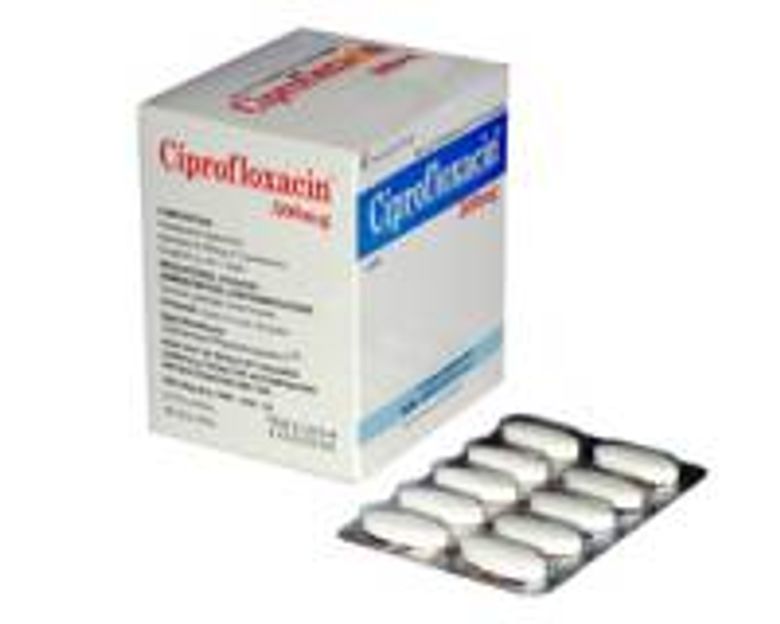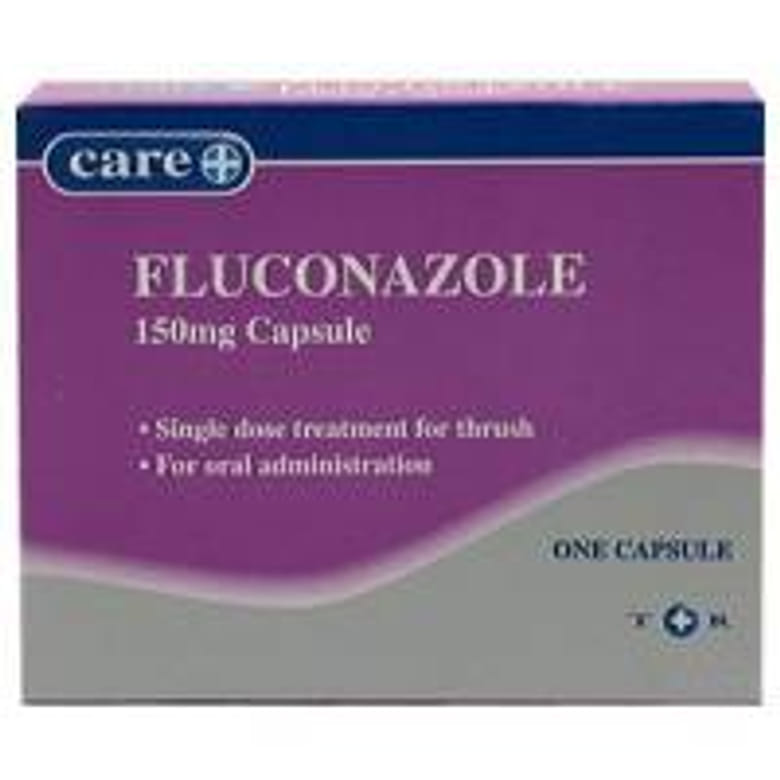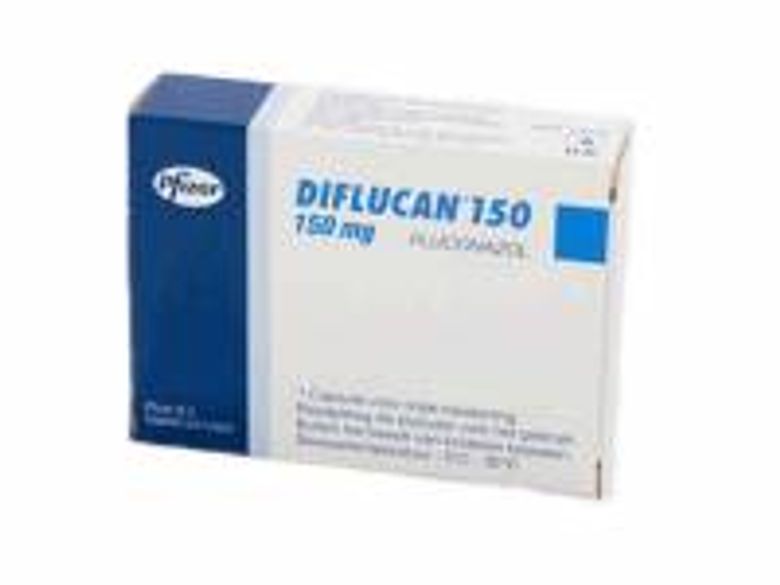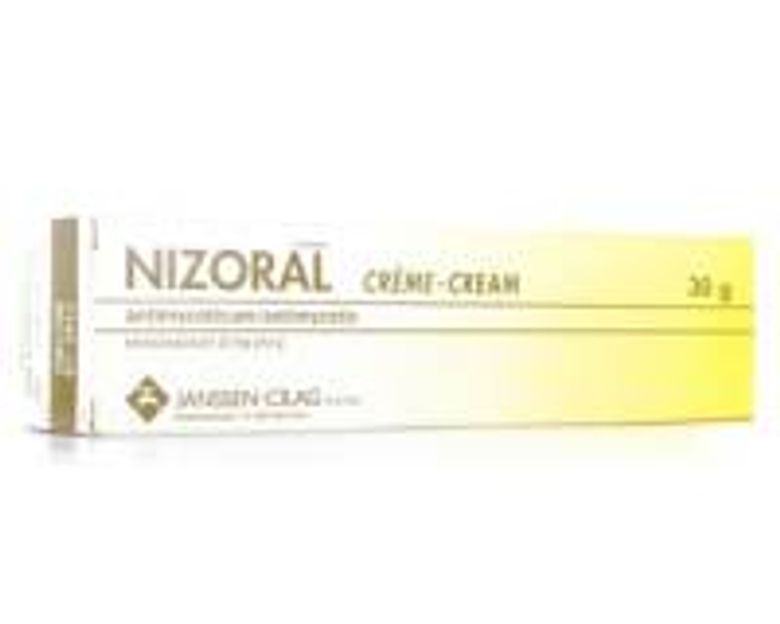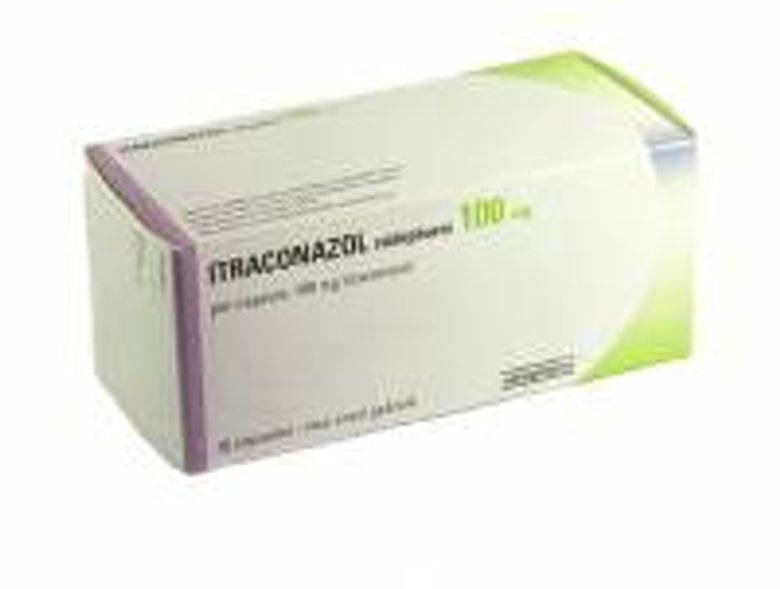Candida albicans is the most common cause of vaginal issues. This fungus naturally occurs in everyone. Normally, it is kept in check by "good" bacteria, but for various reasons, the balance can be disturbed, allowing the fungus to grow. Science is not yet clear on why this happens, but it is known that it is not caused by contamination.
Approximately 75% of women will experience a candida infection at some point in their lives. This is not a sexually transmitted disease and is not contagious, but rather a consequence of reduced immunity, giving the existing fungus a chance to develop. Other causes of vaginal issues can include bacterial vaginosis and vaginal dryness. There are also several sexually transmitted infections, such as trichomoniasis, chlamydia, and gonorrhea.
This text focuses on candida and bacterial vaginosis.

